Improve your Climbing by Traveling
Unless you are competing internationally, there is seldom a moment when you are listening to four different languages cheering you on to the top of a route.
But there I was in Mallorca, Spain, 40 feet above the water chucking myself at the final ledge of a route I had been day-dreaming about for months – all to the tune of, “ALLEZ! ALLEZ! ALLEZ!”
There were many Italians at the crag that day.
I didn’t quite latch the ledge and subsequently plummeted. In a flash of movement, my arms slapped the water then my head popped up above the surface. I swam over and pulled myself onto the approach ledge where many of the routes in Cala Barques begin. The crag was brimming with characters: ten Italian men, a couple of Italian women, an Austrian woman decked out in Mammut gear who was dominating the wall, Czech climbing guides, Germans, Swiss, and Scandinavians, all crammed into a gorgeous cave, ready to put on a show. Though we did not all speak the same language, fist bumps are universal. The group-psych was palpable.
Such a diverse group to climb with is not easy to come by. This is one of the many reasons that I love to travel to new areas to climb.
In Episode 73 of the Power Company Climbing Podcast, Kris interviews the peripatetic Russ Clune on the benefits of travel to your progression as a climber. Russ is both well-traveled and well-decorated.
On top of establishing the first 5.13 in the eastern United States, Russ was also one of the first Americans to redpoint 5.14 in the early 90’s. He boasts an impressive climbing resume that includes 50 countries and partners like Jerry Moffatt, Wolfgang Gulich, and Lynn Hill, just to name a few.
Russ feels that his progression as a climber was shaped by his travels. I feel the same way. Though I have not traveled as extensively as Russ, I relate to his reflections on the impact of travel on his climbing. Here is an exploration of the many virtues of travel for your improvement as a climber — and as a person as well.
New Rocks and Styles
At the beginning of 2019, I knew that it could be the year that I climbed my first 5.12. But simply climbing one 5.12 was not sufficient for me. I wanted to conquer many flavors of 5.12, so I set a goal for myself of climbing twelve 5.12s in four different climbing areas in 2019. By the fall, I had tackled the “four different climbing areas” part of the goal. This exposed me to a variety of styles and rock types at the Red River Gorge, the New River Gorge, Wild Iris, Mallorca, and Rumney. With these five locales I have been exposed to sandstone, limestone and schist.
This goal of consolidating the 5.12 grade in a variety of styles has been useful in ways I did not expect. For example, when I had to paste my wet climbing shoes on polished limestone in Mallorca, it reminded me of the slippery feet I had to use on Flesh for Lulu in Rumney, New Hampshire. Though the deep water solo routes of Mallorca are primarily steep and powerful and Flesh For Lulu is vertical and technical, the footwork that I learned in New Hampshire helped me on my project in Spain.
Russ echoes this sentiment in the podcast. Listen in the clip below:
You’ll find if you develop techniques on a [granite slab], it will in the end, better your technique on steep stone as well.
Russ Clune
From shale to sandstone to limestone, when Russ went to Europe for the first time, he made sure to get onto as many styles and rock types as he possibly could. He also remarks that this was the tactic of all of the best European climbers.
“What the great climbers did was they went around to different areas and challenged themselves on the hardest routes in those areas.”
Russ Clune
So even though it may seem that your multi-pitch climbing trip on Yosemite granite has nothing to do with the steep sport climbing of the Red River Gorge, you are very likely learning something from each of these styles that translates to the other.
In addition to style and rock type, there are many other ways that travel can benefit your climbing. In the Podcast, Russ elaborates on this point.
“The more time you spend traveling around and climbing with different people in different cultures on different stone, you can’t help but progress. It might not be a grade progression, per se…. it will give you more tricks to pull out of the bag and it keeps it interesting.”
In conjunction with the benefits of climbing different rocks and styles, experiencing new climbing culture can also have major benefits for your progression as a climber.
Broadened Perspectives
When I was deep water soloing in Mallorca, I thought a lot about yo-yo style climbing. In contrast to the typical tactics used to project a sport route, when you fall deep water soloing, you go straight into the water and you have to do the whole route over again, hoping to make it a move or two farther on the next go.
Yo-Yo Style
For those who are not familiar with the term, “yo-yo style” is where you climb a route (placing gear as since this term originated pre-sport climbing) and once you fall, you lower down and your partner takes a turn, top roping from wherever you fell. This is repeated until you or your partner reach the top. In the United States, it used to be frowned upon to hang on a rope and work the moves on something. This was thought of as “impure” and referred to as “hang-dogging”. This was the ethic of the US climbing scene until “hang-dogging” became more widely accepted in the 1980’s.
Though possibly more dramatic than falling on a rope, deep water soloing echoes the sentiments of yo-yo style climbing. As I learned while falling off the tops of many deep water solos, it is exponentially more difficult to project something yo-yo style than it is to hang on the rope and work the moves.
Hang-Dogging
For Russ, his trips to Europe were not only enlightening because of the exposure to new areas, he also broadened his horizons past yo-yo projecting. In Europe he saw people “hang-dogging” for the first time ever. While he climbed there he adopted the practice as well. He quickly came to realize that certain grades were much easier to accomplish if you were open to hanging on the rope to work out the moves.
Eventually the “hang-dogging” made its way to the US, but not without some flack. The first climber to project this way in America was Tony Yaniro. In a rapid development, he took to the hang-dogging style of projecting and bumped his max grade ever climbed from 5.12d to 5.13c. But the critics belittled his achievement.
Listen to Russ discuss this in the clip below:
“A lot of the powers that be at the time really wouldn’t give him credit because they would make excuses ‘Oh he trains too much’ or ‘He hangs on the rope’”
- Russ on Tony Yaniro’s send of Grand Illusion in 1979, 5.13c in Tahoe, CA, .
Though it took some time, the US eventually adopted the practice of hang-dogging. Russ notes that his first US project where he allowed himself to hang-dog was a 5.13a in the Gunks called Thunderdome.
The Perception of What is “Hard”
Another paradigm shift gained from traveling is your perception of difficulty. Perhaps at your home crag, you do not see anyone climbing harder than 5.11. Because of the nature of the Red River Gorge and its abundance of moderate crags, this was true for me for my first year of climbing. There simply weren’t any hard routes in the crags I was spending time in.
For perspective, I vividly remember the first time I saw a woman climbing a 5.11 in Muir Valley. It looked impossibly difficult. She was a hero in my mind. Then, in 2017 I went to Rodellar, Spain for the first time and I met some even stronger female climbers. One of the guides on the trip was working 7c/7c+ (5.12d/5.13a). I met another woman in her late twenties climbing 8a(13b). Until I went to Spain, these grades weren’t even real to me. I thought people that climbed 5.12 lived on a different planet – I don’t think I had ever even laid eyes on a 5.13. On that trip I was able to interact with a lot of really strong climbers and gave me the idea that maybe I could climb 5.12 or even 5.13 someday. Russ reflects on how the climbers he surrounded himself with made an impact on him too.
“Going with someone who is better than you is just going to up your game. In the states I had a bunch of equals and in Europe I had people who were going to push me hard.”
A year and a half after that first trip to Spain, I redpointed my first 5.12(7a+). Considering that when I started climbing, I was so afraid of heights that I would cry when I was on top rope, this accomplishment felt really significant. I now have no doubt that with more time and dedication, 5.13 is possible for me too.
It’s like Russ says,
“If you can break it out of your mind as being hard, well you’ve beat it.”
New Climbing Partners
On top of breaking down limiting beliefs about “hard” climbing, getting together with better-than-you climbers is immensely helpful. Russ remarked that he had the pleasure of climbing with Wolfgang Gulich on his many visits to Europe. He says he got his ass beat pretty regularly, but that it was helping him become a stronger climber – and it was good fun too.
On the first trip I took to Mallorca, I had the pleasure of climbing with a lot of new partners who were much better than me. Deep water soloing is a unique climbing discipline, so if you can follow someone who is psyched, strong, and confident that they aren’t about to hurt themselves it is very motivating.
Truly, the best thing about that first trip to Mallorca was that no one knew that I used to have a severe fear of heights. Somehow when I got there, I adapted to well to the deep water solo discipline easily. Other climbers in the group thought of me as brave. And though you shouldn’t define how you feel about yourself based on what other people think of you – this was a positive experience for me. It redefined my self-perception and made me a more confident climber.
Sometimes, a change of scenery from your usual group of climbing partners can make a big difference.
Oh the Places You’ll Go
On top of the fact that you can learn a lot from meeting other climbers, meeting new people is deeply enjoyable. On this past Euro trip I met climbers from Switzerland, Germany, Italy, Texas, Norway – everywhere. And there is nothing more fun than trading stories and showing pictures of your favorite home town crags.
While I was chatting with the friends made on my most recent trip, I remarked that the drive to my local sport crag is about six hours – everyone was shocked. Someone mentioned that they thought that two hours seemed very far for a weekend of climbing. I believe I changed his mind. I sincerely hope that he gets outside more often now that he has a new perspective from an American climber.
Overall, the reason many of us enjoy this sport is the community. For me, when I travel and meet new climbers from all over the place, it is immensely enjoyable. I think everyone from my most recent trip to Mallorca has expanded their network of couches to crash on – which will certainly help with future international endeavors.
The author with a group of climbers from all over in Mallorca, 2019.
Trips as Motivation to Train
As someone with a standard 9-5 job and a set vacation schedule, I have a limited amount of time each year to do whatever I want. Therefore, when I do use my vacation time, I typically use it to climb. And with the limited time I have, I do not waste it being unprepared and out of shape.
For me, travel gives me hard deadlines and motivates me to train. You can’t “cram” your training into two weeks, so if I have a trip coming up in three months, I know I need to put my nose to the grindstone. Otherwise, why get on the plane?
“If you are looking to progress, find the inspiration. A lot of times the inspiration comes out of looking at a route and saying ‘Woah, that thing looks really badass’.” - Russ on staying motivated to train
I definitely agree with Russ about how to get inspired. Leading up to a climbing trip you can find me peeling through guidebooks, making tick lists, and watching beta videos. I use a lot of visual media to inspire my training efforts. This helps me stay focused and keeps me excited to become a better climber.
But why do you want to get better anyway?
Being motivated to improve as a climber has always come pretty easily to me. However, Russ points out an interesting question: why do you want to get better anyway? Here is what he has to say.
“If you want to make that progression, it’s really important to decide on that goal… Why do you want to do that? What gratification [are you] getting out of this? Is it about growing myself or is it about being better than whoever? Those things matter.
If it really is a self-motivated thing that you see as an improvement that gives you great pleasure and extends into other parts of your life, then fantastic.
If it makes you a bigger asshole at the crag, it’s not helping you.”
Sometimes I hear people say things like “Oh you don’t need to train – just climb”. But at some point if you want to do the route you have drooled at in your guidebook all summer, you need to go gym with a plan. If you do “whatever” that’s exactly what you will get out of it.
Grade Chasing
If you hear someone say, “I want to climb 5.13b”, maybe you think they are “grade-chasing”. But if you hear someone say, I really want to climb Predator someday and then they show you the following picture, maybe you can see where they’re coming from.
A photo of Predator, 5.13b in Rumney, NH.
Either way, if you do not have the right motivations to get better at climbing, following through with your objectives will be very difficult.
How to Get out There if You Cannot
“Get Out There”
From experience, I know that traveling has made me a better climber. It has helped me to learn new styles, climb with new partners, gain new perspectives, and it motivates me to train so that I am prepared when my out of office email goes up.
Unfortunately, traveling for a week or more at a time to somewhere far away is not always possible for everyone. However, there is still variety to be had from some more approachable methods of “travel”.
Here are a few suggestions
Go to a different climbing gym with different setters for a day.
Go somewhere new on your weekend road trips.
Find a new crew to climb with for a weekend.
When you do go to a new area, even in your own country or state, check out what the local climbers are doing, pay attention to what they do and how they spend their day.
Travel to a near-by scrappy crag. For example, I have gone to Birdsboro, Pennsylvania a lot because it is much closer than Rumney, New Hampshire. Though Rumney is objectively better, Birdsboro still has plenty to offer and teach me.
Note: If you think the scrappy crags are too chossy, tell yourself it’s helping your mental game and go anyway.
The author climbing Don’t Funk with My Disco, 5.11c in the summer in Birdsboro, Pennsylvania. Photo by Evan Dismukes.
While training indoors for your outdoor objectives is great, traveling to new places to climb is another great way to improve. Though travel does take some effort, making the choice to go somewhere new can be instantaneous if you want it to be.
Next time you see a flight deal or someone offers you a ride to somewhere new, welcome the opportunity with open arms. I guarantee you will learn something.
What have you learned from your travels as a climber? Do you think travel has had a big impact on your climbing abilities. Leave a comment below, I would love to hear about it!


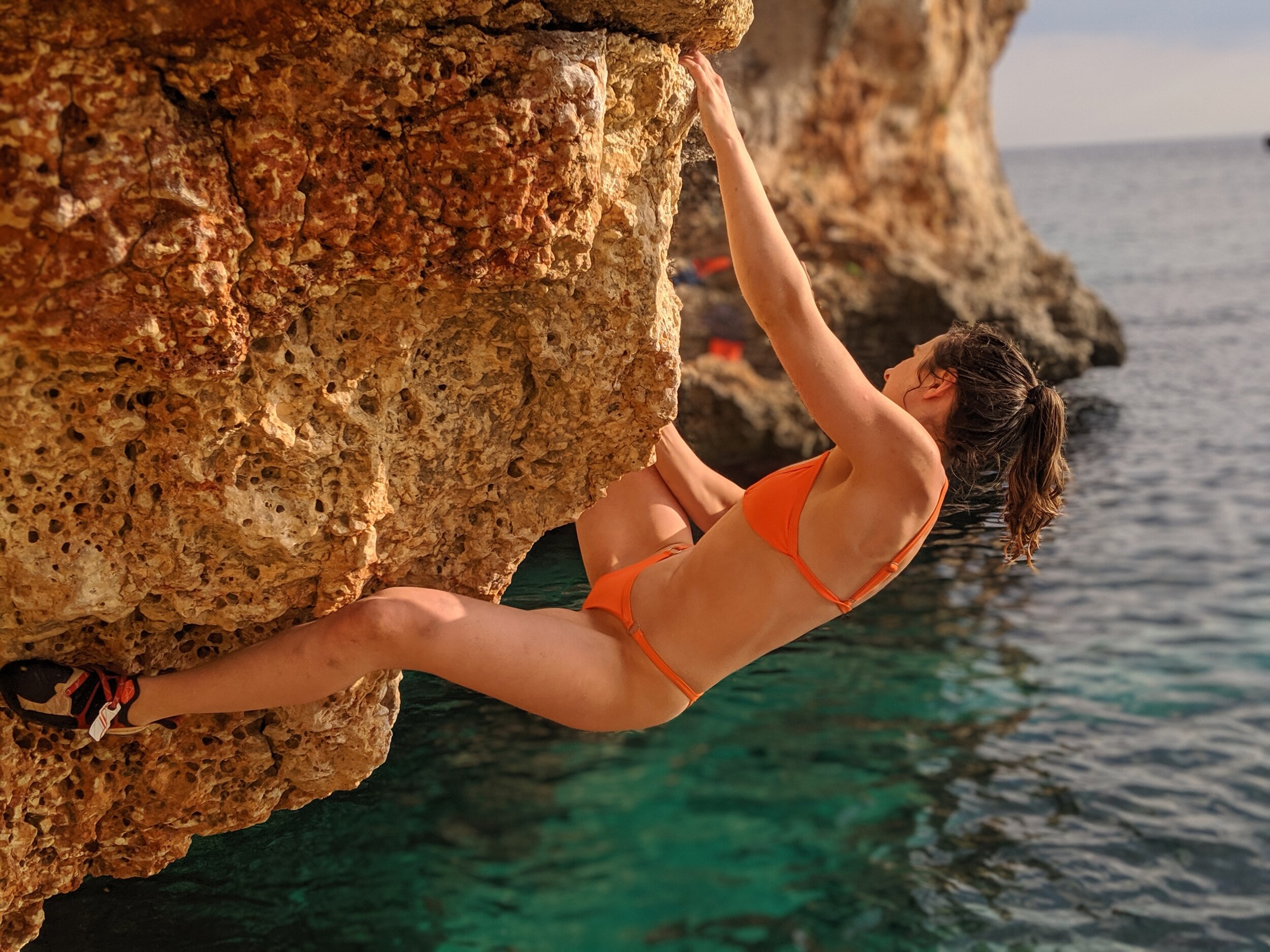
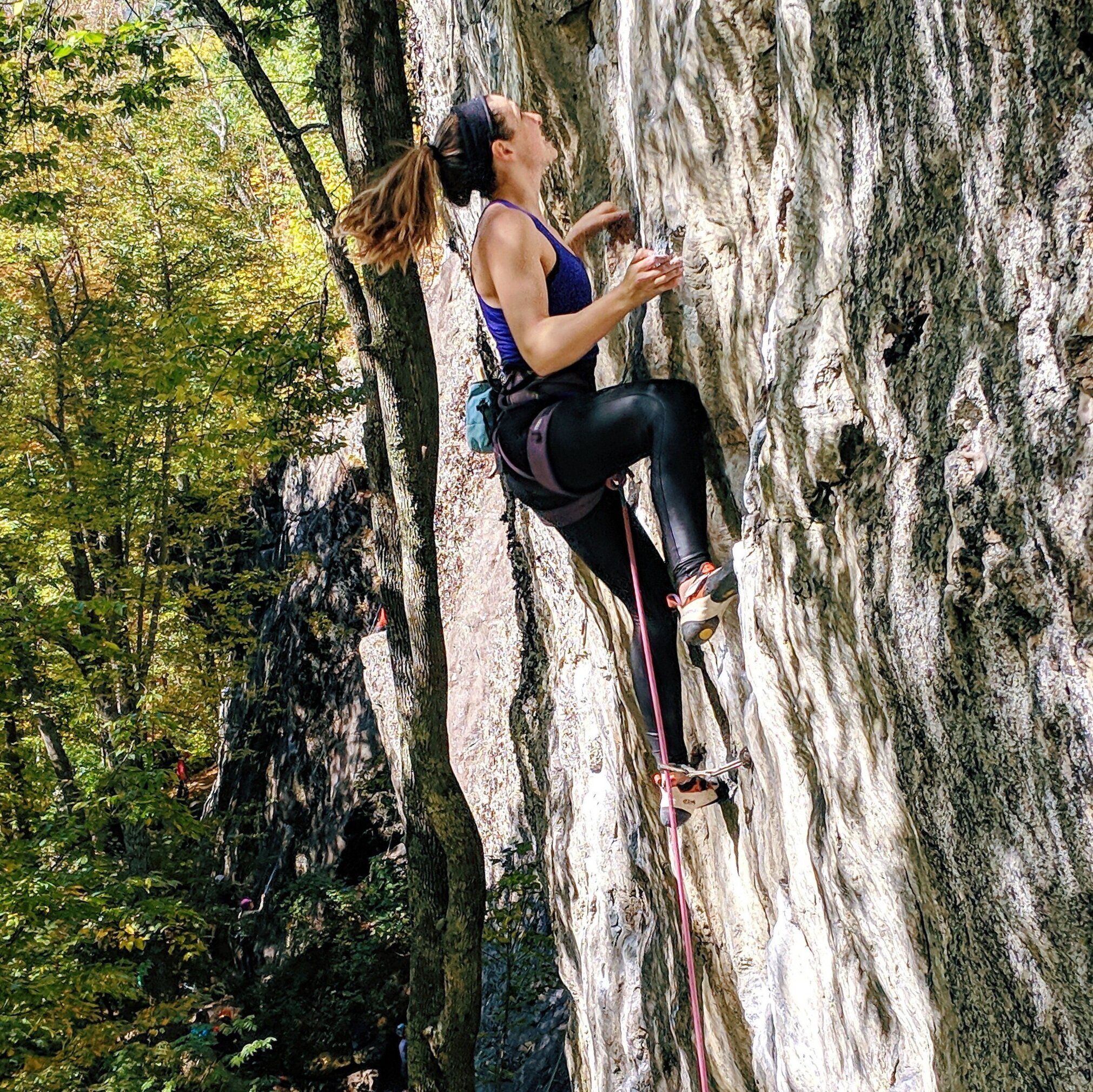




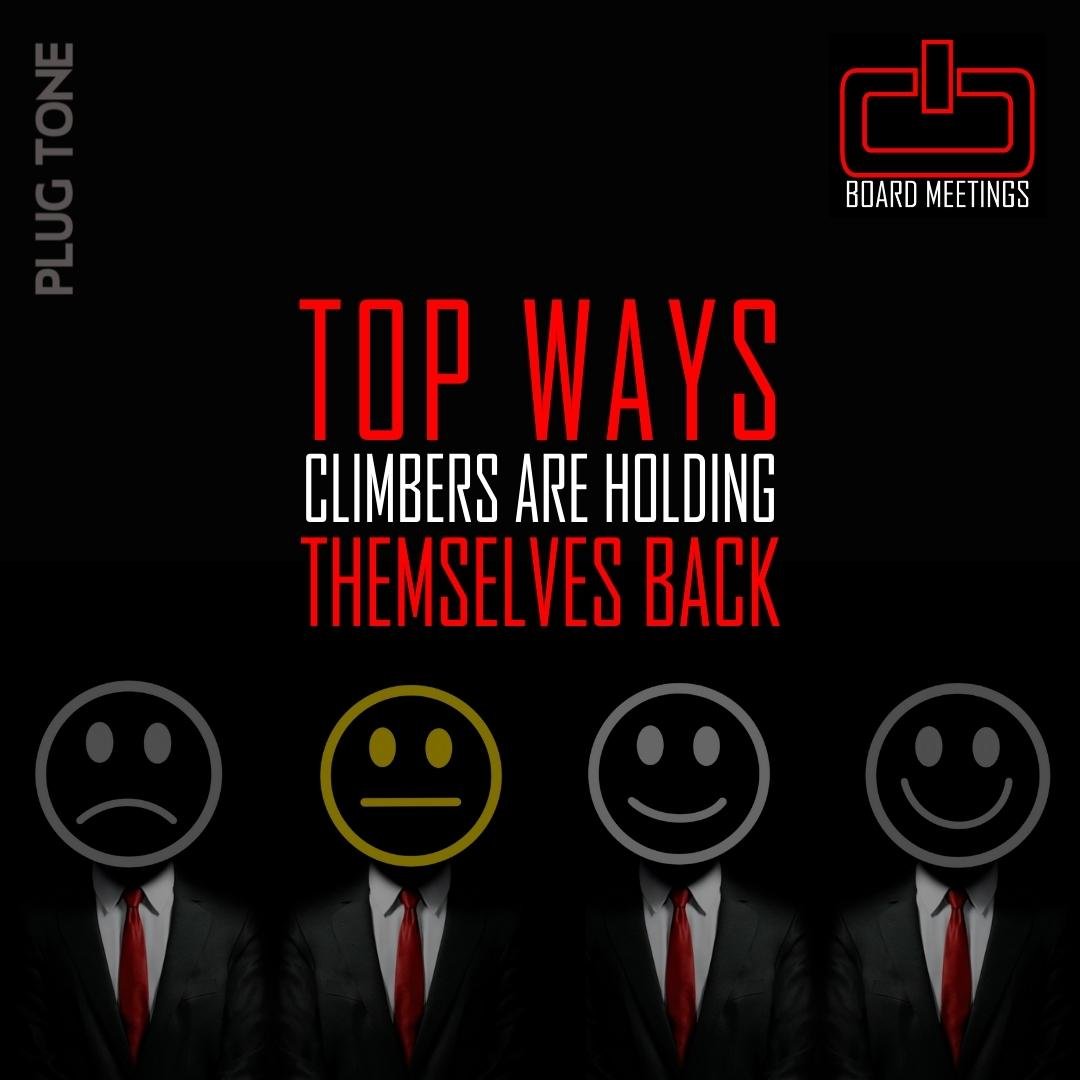







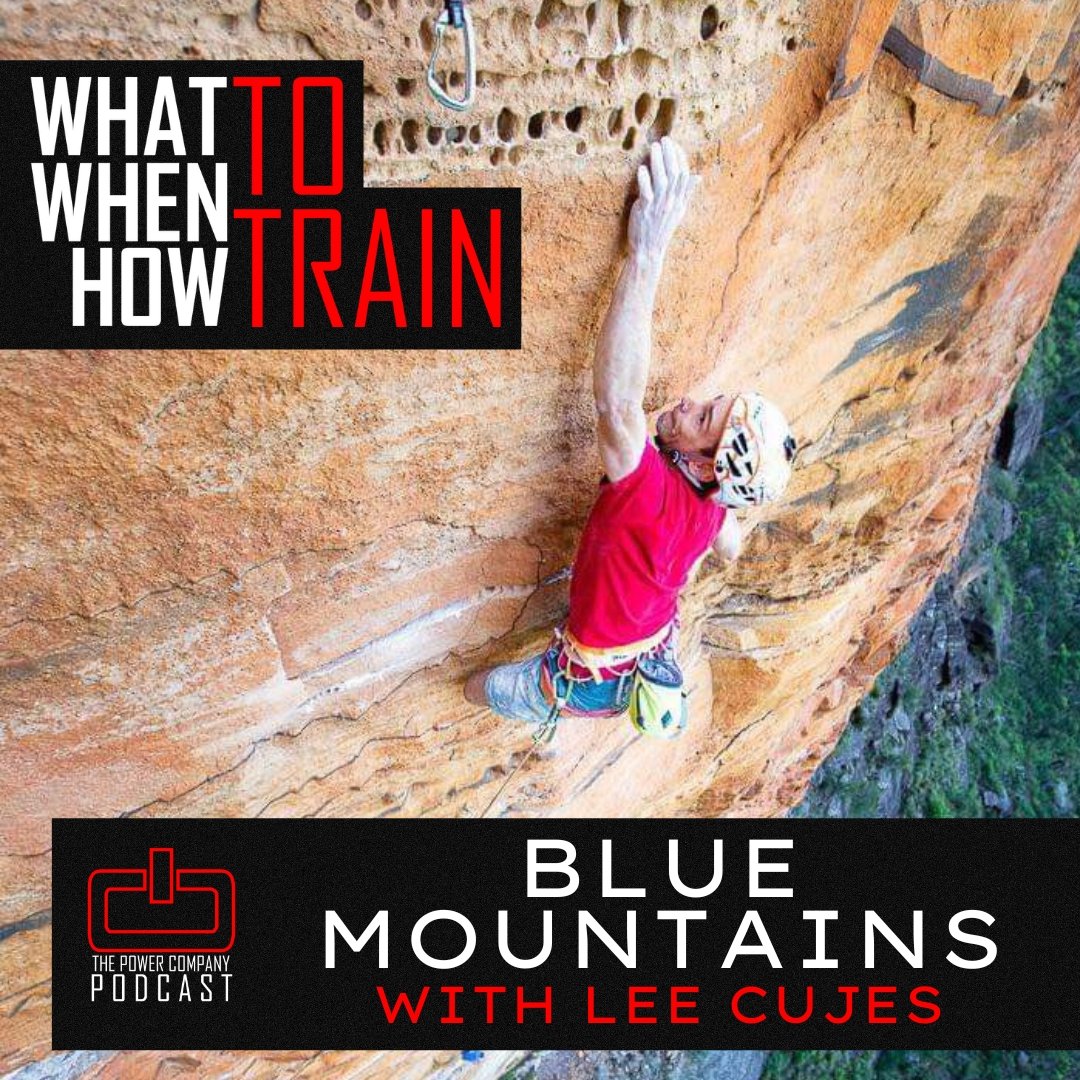



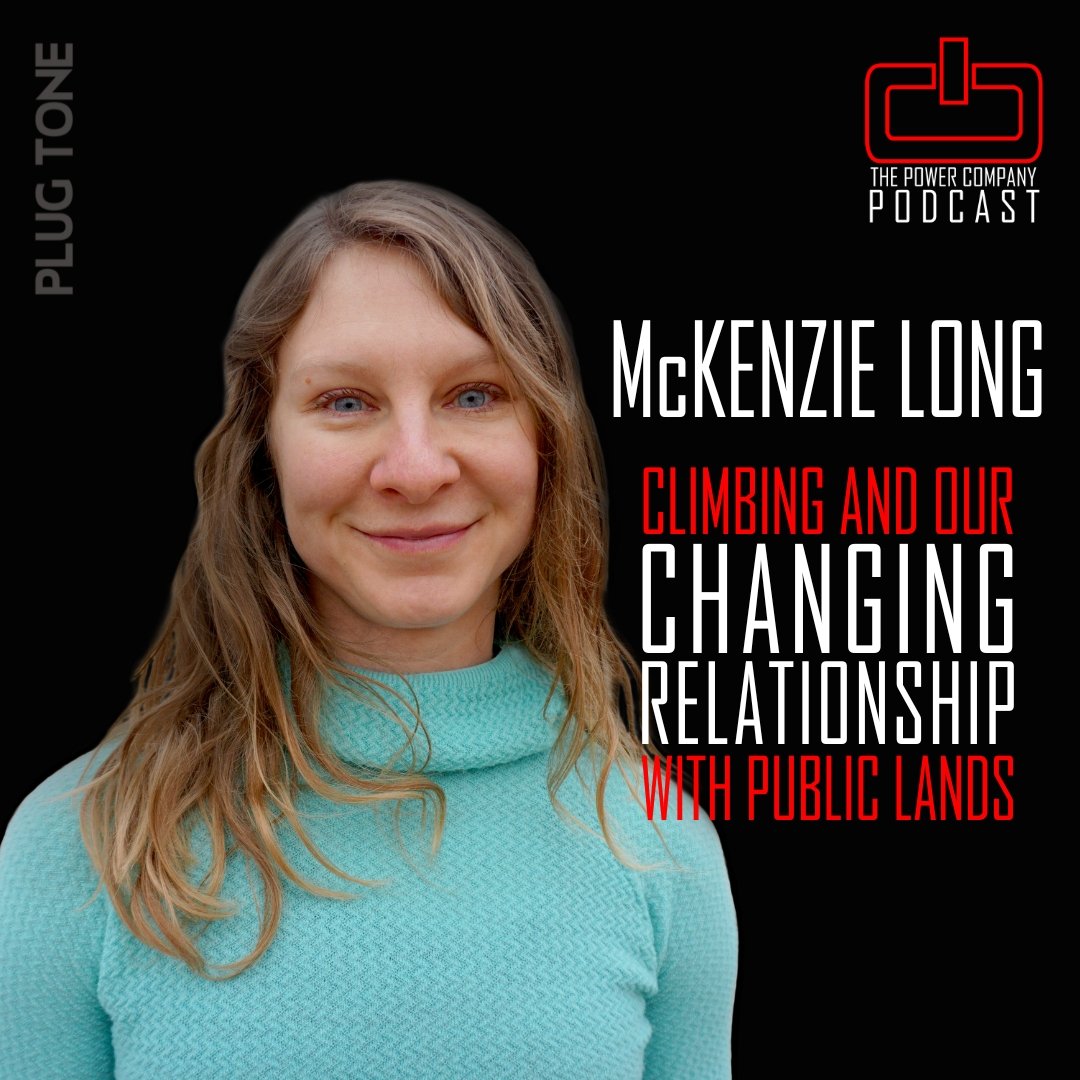
Lauren Abernathy, coach and owner of Good Spray Climbing, works hard to help her clients – and herself – become better climbers.